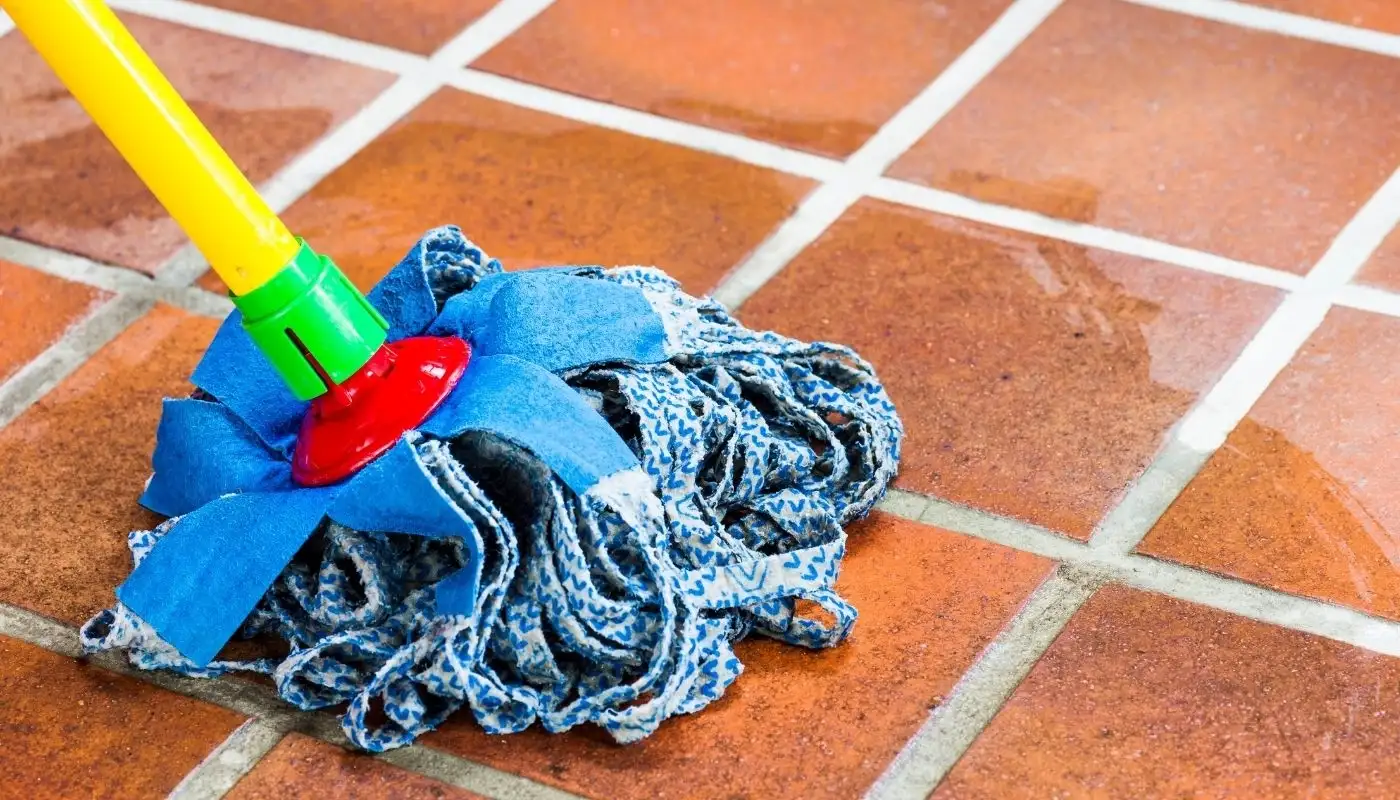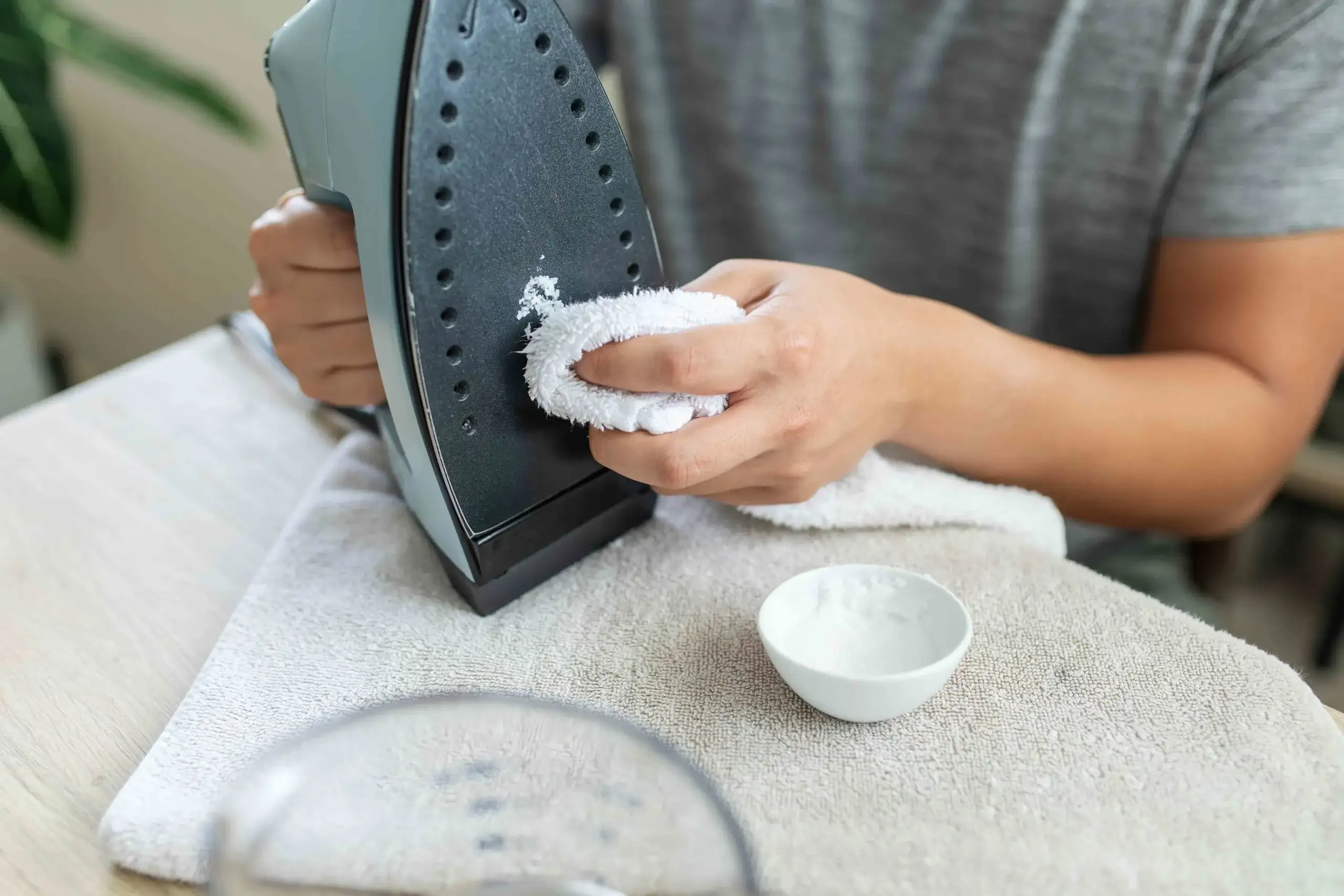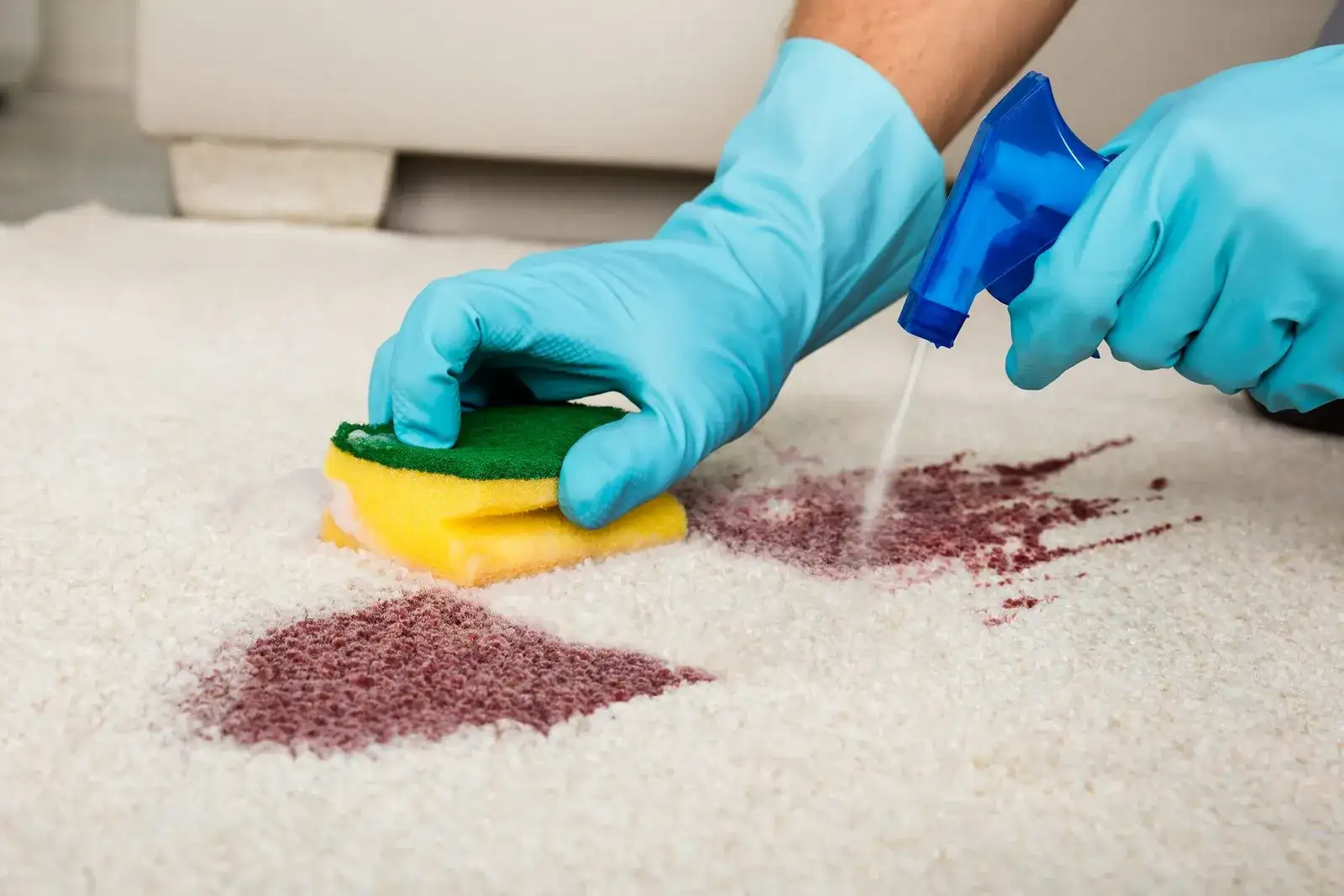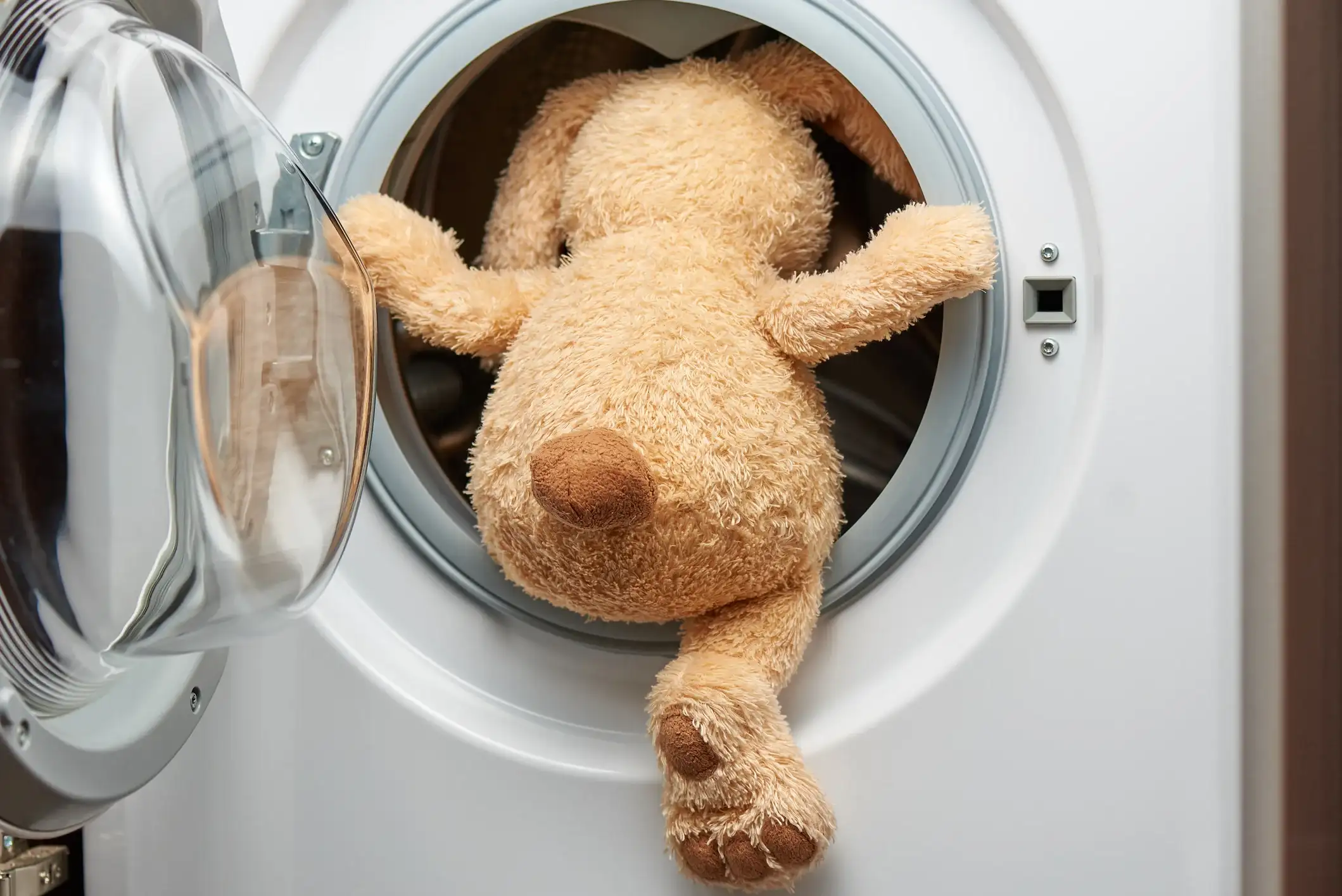Are you looking to restore the natural beauty of your terracotta tiles? Terracotta tiles, known for their warm and earthy tones, can become dull and dirty over time. Learn effective cleaning methods to bring back the shine and luster of your terracotta floors. This guide will provide you with step-by-step instructions and tips for maintaining the longevity of your terracotta tiles.
Properties Of Terra Cotta
Terracotta, a ceramic material derived from clay and fired at high temperatures, has been a cornerstone of human civilization for millennia. From ancient civilizations to contemporary architecture, terracotta's unique properties have made it a versatile and enduring material. Its natural beauty, durability, and versatility have contributed to its continued popularity in a wide range of applications.
One of the most striking characteristics of terracotta is its natural aesthetic. The warm, earthy tones and the subtle variations in texture that occur during the firing process give each piece a distinctive character. This organic quality makes terracotta a popular choice for both interior and exterior design, as it adds a sense of warmth and authenticity to any space. The ability to create a wide range of colors and finishes, from matte to glossy, further enhances its versatility.
Durability is another key property of terracotta. When fired at high temperatures, the clay undergoes a chemical transformation that results in a hard, dense material that is resistant to weathering, moisture, and pests. Terracotta tiles, for example, can withstand extreme temperatures and harsh weather conditions, making them an ideal choice for roofing, flooring, and cladding. Moreover, terracotta is a non-combustible material, adding to its safety and suitability for a variety of applications.
Terracotta's porosity is both a benefit and a challenge. On the one hand, its porous nature allows it to regulate humidity, creating a more comfortable indoor environment. This property is particularly beneficial in regions with high humidity levels, as terracotta can help to prevent mold and mildew growth. On the other hand, porosity can make terracotta susceptible to staining and water damage if not properly sealed.
The thermal mass of terracotta is another important factor to consider. Its ability to absorb and store heat makes it an excellent material for passive solar heating. Terracotta tiles can absorb heat during the day and release it slowly at night, helping to regulate indoor temperatures. This property can contribute to energy efficiency and reduce heating costs.
In addition to its physical properties, terracotta also offers several environmental benefits. As a natural material, terracotta is sustainable and renewable. The manufacturing process is relatively low-energy compared to many other building materials, and terracotta can be recycled at the end of its life. Furthermore, terracotta's durability and longevity reduce the need for frequent replacement, further minimizing its environmental impact.
In conclusion, terracotta is a remarkable material with a rich history and a wide range of applications. Its natural beauty, durability, versatility, and environmental benefits make it a compelling choice for architects, designers, and homeowners alike. Whether used for flooring, roofing, or sculptural elements, terracotta adds a touch of timeless elegance and sophistication to any project. As our understanding of sustainable building materials continues to evolve, terracotta is poised to play an even more significant role in the future of architecture and design.
How to Clean Terracotta Tiles: DIY Method
Terracotta tiles, with their warm, earthy tones, add a unique charm to any space. However, their porous nature makes them susceptible to dirt and stains. Proper cleaning and maintenance are essential to preserve their beauty and longevity. Here's a step-by-step guide on how to clean terracotta tiles using a DIY method.
Understanding Terracotta
Before we dive into the cleaning process, it's important to understand the unique properties of terracotta. These tiles are made from clay and fired at high temperatures, resulting in a porous material. While this porosity gives terracotta its distinctive appearance, it also means that dirt and grime can easily penetrate the surface.
Gather Your Supplies
Before you begin, gather the following supplies:
- Soft-bristled broom or vacuum: To remove loose dirt and debris.
- Mild pH-neutral cleaner: Avoid harsh chemicals that can damage the tiles.
- Warm water: For creating the cleaning solution.
- Microfiber mop or soft cloth: For gentle cleaning.
- White vinegar: A natural cleaning agent that can help remove stubborn stains.
- Sealant: To protect the tiles from future stains and water damage.
Cleaning Process
- Sweep or Vacuum: Begin by removing any loose dirt, dust, or debris from the surface of the tiles using a soft-bristled broom or vacuum. Avoid using a vacuum with a beater bar as it can scratch the tiles.
- Prepare the Cleaning Solution: Mix a mild pH-neutral cleaner with warm water. You can also use a solution of warm water and white vinegar for tougher stains. Avoid using bleach or other harsh chemicals as they can damage the terracotta.
- Clean the Tiles: Dip your microfiber mop or soft cloth into the cleaning solution and wring it out thoroughly. Gently scrub the tiles in a circular motion, paying attention to any areas with stubborn stains.
- Rinse: After cleaning, rinse the tiles with clean water to remove any soap residue. Use a damp mop to wipe away the excess water.
- Dry: Allow the tiles to air dry completely before applying a sealant.
Cleaning Solutions For Terracotta Tiles
Natural Cleaning Solution
Terracotta tiles, with their warm, earthy tones, add a unique charm to any space. However, their porous nature makes them susceptible to dirt and stains. While there are many commercial cleaners available, many homeowners prefer to use natural cleaning solutions to preserve the environment and avoid harsh chemicals.
Why Natural Cleaning Solutions?
- Environmentally Friendly: Natural cleaners are biodegradable and less harmful to the environment.
- Safe for Families and Pets: They contain fewer toxic chemicals, making them safer for homes with children and pets.
- Often More Affordable: Many natural cleaning ingredients can be found in your pantry.
Effective Natural Cleaners for Terracotta Tiles
- White Vinegar: A versatile cleaner that can cut through grease and grime. Mix equal parts white vinegar and warm water for a gentle cleaning solution.
- Baking Soda: A mild abrasive that can help scrub away stubborn stains. Create a paste by mixing baking soda with a small amount of water.
- Lemon Juice: A natural disinfectant with acidic properties that can help remove mineral deposits.
- Castile Soap: A gentle, plant-based soap that is safe for use on natural materials like terracotta.
Commercial Cleaning Solution
Terracotta tiles, with their warm, earthy tones, add a unique charm to any space. However, their porous nature makes them susceptible to dirt, stains, and grime. While natural cleaning solutions can be effective for general maintenance, commercial cleaners offer specialized formulas designed to tackle specific cleaning challenges and provide added protection.
Benefits of Commercial Terracotta Cleaners
- Specialized Formulas: Commercial cleaners are often formulated to remove specific types of stains, such as oil, grease, or wine.
- Enhanced Cleaning Power: These cleaners can provide more effective cleaning results compared to natural solutions, especially for stubborn stains.
- Added Protection: Some commercial cleaners contain ingredients that can help seal and protect the surface of the tiles, making them more resistant to future stains and damage.
Choosing the Right Commercial Cleaner
When selecting a commercial cleaning solution for terracotta tiles, consider the following factors:
- Type of Stain: Choose a cleaner that is specifically designed to remove the type of stain you are dealing with.
- Cleaning Power: If you are dealing with stubborn stains, opt for a cleaner with a stronger cleaning formula.
- pH Level: Avoid using harsh, acidic cleaners that can damage the surface of the tiles. Look for cleaners with a neutral pH.
- Compatibility: Ensure that the cleaner is compatible with the type of sealant used on your terracotta tiles.
Popular Commercial Terracotta Cleaners
While there are many commercial cleaning products available, here are a few popular options:
- Specialized Terracotta Cleaners: Look for cleaners specifically marketed for terracotta tiles. These products are often formulated to remove common stains and protect the surface of the tiles.
- All-Purpose Cleaners: Some all-purpose cleaners can be used on terracotta tiles, but it's important to choose a product that is gentle and does not contain harsh chemicals.
- Grout Cleaners: If the grout lines between your terracotta tiles are dirty or stained, use a grout cleaner specifically designed for this purpose.
Terracotta Tile Care and Maintenance Tips
erracotta tiles are made from clay and fired at high temperatures. Their porous nature means they can absorb liquids, making them prone to staining. Sealing the tiles helps to protect them from stains and makes cleaning easier.
Cleaning Terracotta Tiles
- Regular Sweeping or Vacuuming: Remove loose dirt and debris regularly to prevent it from grinding into the tiles.
- Mild Detergent: Use a mild, pH-neutral cleaner diluted in warm water. Avoid harsh chemicals that can damage the sealant or the tiles.
- Soft-Bristled Brush: Use a soft-bristled brush to gently scrub away dirt and stains.
- Avoid Abrasive Cleaners: Abrasive cleaners can scratch the surface of the tiles.
- Grout Cleaning: Clean the grout lines regularly with a grout cleaner to prevent mold and mildew.
Sealing Terracotta Tiles
- Importance of Sealing: Sealing creates a protective barrier, making the tiles easier to clean and more resistant to stains.
- Choose the Right Sealer: Opt for a penetrating sealer designed for terracotta tiles.
- Follow Manufacturer's Instructions: Follow the manufacturer's instructions for application and reapplication.
- Regular Resealing: Reseal the tiles every few years, or more often in high-traffic areas.
Preventing Damage
- Protect from Moisture: Excessive moisture can damage terracotta tiles. Use doormats and rugs to reduce moisture.
- Avoid Standing Water: Wipe up spills immediately to prevent staining.
- Use Coasters: Use coasters under glasses and other beverages to protect the surface.
- Heavy Furniture: Place felt pads under heavy furniture legs to prevent scratches.
Specific Stain Removal
- Oil-Based Stains: Use a degreaser or a mixture of dish soap and warm water.
- Water-Based Stains: Blot the stain with a clean cloth.
- Rust Stains: Use a rust remover specifically designed for natural stone.
Additional Tips
- Test New Cleaners: Always test any new cleaning product on a small, inconspicuous area first.
- Professional Cleaning: For deep cleaning or stubborn stains, consider hiring a professional tile cleaning service.
- Outdoor Terracotta: For outdoor terracotta, use a sealer specifically designed for exterior use and clean regularly to remove algae and moss.
How To Deep Clean Terracotta Tile Floors
Terracotta tiles, with their warm, earthy tones, add a unique charm to any space. However, their porous nature makes them susceptible to dirt, stains, and grime. Deep cleaning is essential to maintain their beauty and longevity.
Here's a step-by-step guide on how to deep clean terracotta tile floors:
Preparation
- Clear the Area: Remove any furniture, rugs, or other obstacles from the room.
- Sweep or Vacuum: Thoroughly sweep or vacuum the floor to remove loose dirt and debris.
How Do You Rejuvenate Terracotta Floor Tiles
Terracotta floor tiles can add warmth and character to any home, but over time, they can become dull and worn. Here's a simple guide to restoring your terracotta tiles to their former glory:
- Clean thoroughly: Start by sweeping and mopping the floor to remove any dirt or debris.
- Scrub stubborn stains: Use a stiff brush and a solution of warm water and mild detergent to scrub away stubborn stains.
- Seal the tiles: Apply a high-quality sealant to protect the tiles from future damage and enhance their appearance.
How Do You Make Terracotta Floors Shine
Terracotta floors can add a rustic charm to your home. However, over time, they can lose their luster. Here are a few tips to help you restore your terracotta floors to their original shine:
Regular Cleaning
- Sweep or vacuum daily: Remove dirt and debris that can dull the finish.
- Mop weekly: Use a mild detergent solution and warm water to clean the floors. Avoid harsh chemicals that can damage the terracotta.
Deep Cleaning
- Scrub stubborn stains: For tough stains, use a soft-bristled brush and a stronger cleaning solution.
- Polish: After cleaning, apply a floor polish designed for terracotta to restore the shine.
Sealing
- Seal the floors: Sealing your terracotta floors can protect them from stains and moisture, helping them maintain their shine for longer. Consult a professional for advice on the best sealant for your floors.
Preventative Measures
- Use doormats: Place doormats inside and outside your home to prevent dirt and grit from being tracked onto the floors.
- Avoid harsh chemicals: Avoid using harsh cleaning products that can damage the finish of your terracotta floors.
Additional Tips
- Consider professional cleaning: For deep cleaning or to restore severely damaged floors, consider hiring a professional cleaning service.
- Protect from scratches: Avoid dragging heavy furniture across the floors, and use furniture pads to protect the surface.
How To Modernise Terracotta Floor Tiles
Terracotta tiles, with their warm, earthy tones, can add a timeless charm to any home. However, they can sometimes feel dated. Here are some tips on how to modernize terracotta floor tiles:
1. Color Palette:
- Neutral Tones: Opt for a neutral color palette for walls, furniture, and decor to let the terracotta tiles be the focal point.
- Complementary Colors: Pair the terracotta with complementary colors like deep blues, greens, or purples for a modern twist.
2. Furniture and Decor:
- Sleek Lines: Choose furniture with clean lines and modern silhouettes to contrast with the rustic terracotta.
- Metallic Accents: Incorporate metallic accents like brass, copper, or chrome for a touch of glamor.
- Minimalist Approach: Keep the decor minimal to avoid overwhelming the space.
3. Rug Placement:
- Define Areas: Use a modern rug to define specific areas within the room, such as a seating area or dining space.
- Contrast or Complement: Choose a rug that either contrasts or complements the color of the terracotta tiles.
4. Lighting:
- Statement Fixtures: Install modern lighting fixtures to add a contemporary touch.
- Natural Light: Maximize natural light by keeping windows clear and using sheer curtains.
5. Plants:
- Indoor Greenery: Introduce indoor plants to bring a touch of nature and freshness to the space.
- Modern Planters: Choose planters with sleek designs to complement the modern aesthetic.
6. Artwork:
- Contemporary Pieces: Hang contemporary artwork on the walls to add a modern touch.
- Gallery Wall: Create a gallery wall with a mix of modern and vintage pieces.
7. Texture:
- Textured Accessories: Incorporate textured accessories like throw pillows, blankets, and curtains to add depth and interest.
- Velvet or Linen: Opt for fabrics like velvet or linen for a luxurious feel.
How Do I Remove Stains From Terra Cotta Tile Floors
General Cleaning Tips:
- Regular Cleaning: Sweep or vacuum regularly to prevent dirt and debris from becoming embedded in the grout.
- Mild Detergent: Use a mild detergent solution and warm water for routine cleaning.
Removing Specific Stains:
- Wine Stains: Blot up as much wine as possible with a clean cloth. Sprinkle baking soda over the stain and let it sit for 30 minutes before wiping it clean with a damp cloth.
- Grease Stains: Sprinkle baking soda over the grease stain and let it sit overnight. Sweep up the baking soda in the morning and clean the area with a degreaser or a solution of warm water and dish soap.
- Coffee or Tea Stains: Blot up the stain with a clean cloth and sprinkle baking soda over it. Let it sit for 30 minutes before wiping it clean.
- Rust Stains: Apply a rust remover to the stain and let it sit for a few minutes. Follow the instructions on the product label before wiping the area clean.
- Ink Stains: Use a rubbing alcohol-based cleaner on the stain. Blot the area with a clean cloth until the stain is removed.
Additional Tips:
- Avoid Harsh Chemicals: Avoid using harsh chemicals or abrasive cleaners that can damage the finish of your terracotta tiles.
- Seal Your Tiles: Sealing your terracotta tiles can help protect them from stains and make them easier to clean.
Professional Cleaning: For stubborn stains or deep cleaning, consider hiring a professional cleaning service.





